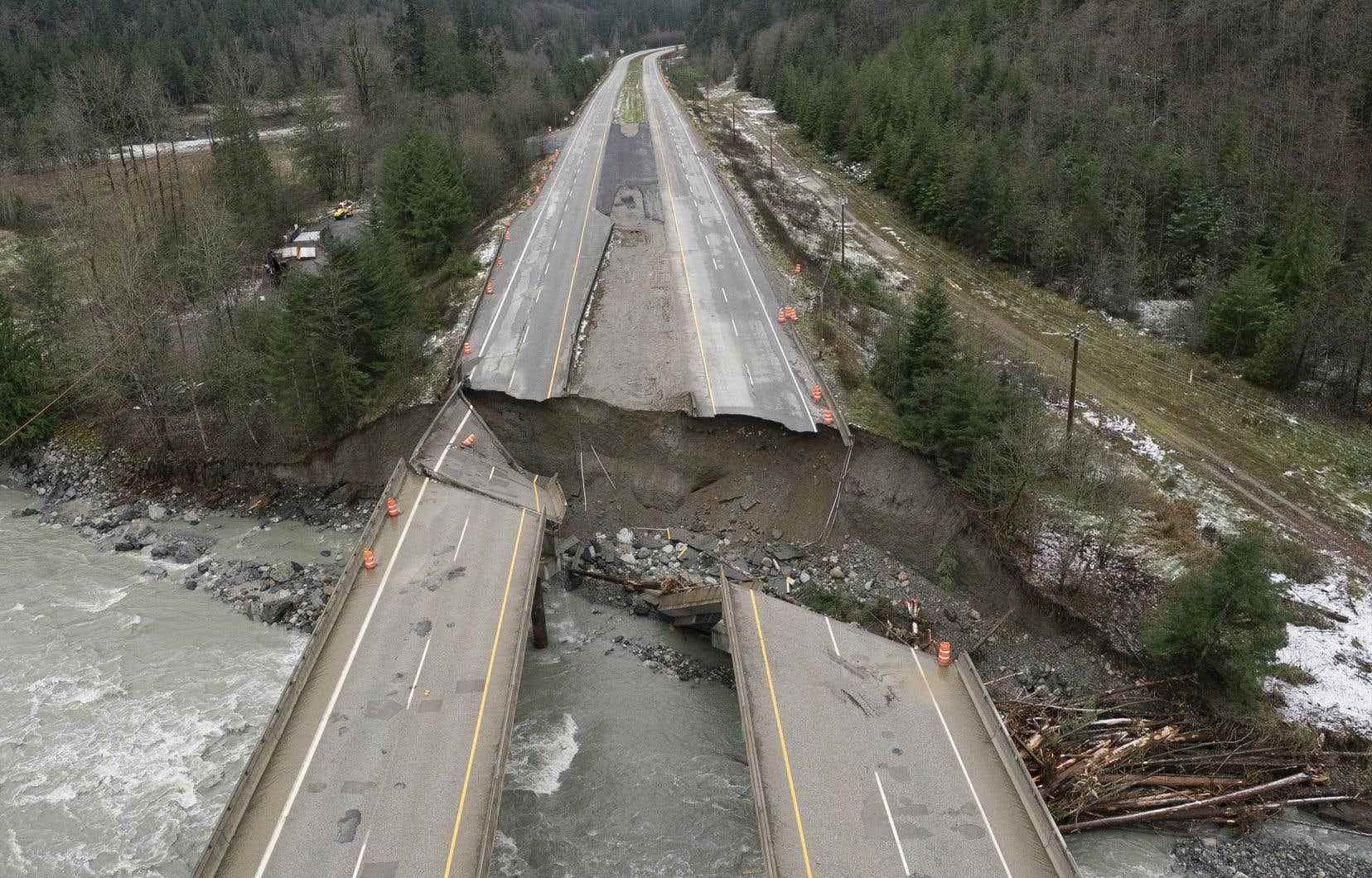Environment Canada says it has not established any timetable for setting up a classification of atmospheric rivers, the natural phenomenon that caused heavy flooding in British Columbia last fall.
“A decision to rank for operational information purposes would be premature,” the ministry said.
British Columbia Public Safety Minister Mike Farnworth announced seven months ago that he expects such a system to be in place.
An atmospheric river is a meteorological phenomenon that can cause very heavy precipitation in a short time. On the Pacific Coast side, it is also known as the “pineapple express” because it often originates near Hawaii.
Environment Canada’s weather service says it is looking at various scales to describe the intensity of the natural phenomenon. He does not plan to formally establish a classification system in the short term.
It is an atmospheric river that had caused widespread flooding and caused extensive damage to British Columbia’s road network in November. The meteorological services had reported that the rainfall had shattered about twenty records.
Mr. Farnworth said at the time that the province could introduce a ranking system as early as the start of 2022. “It would allow us to be better prepared. I expect, according to the information I have been given, that this will be implemented soon. I hope it will be done in early January 2022,” he said.
Environment Canada says it is still reviewing the “relevance” of the proposal. The agency points out that any new “product” must undergo rigorous evaluation and be reviewed by peers before being implemented.
“It is essential for public safety”, underlines the agency.
The BC Ministry of Public Safety has not responded to this lack of a firm timeline for establishing the filing system.
Roxanne Vingarzan, senior manager in the Applied Sciences section of the federal Department of Environment and Climate Change, says the researchers hope to set up a system with five to eight levels. “But we are still only at the research stage,” she warns.
“It is essential that any proposed ladder or specialized product designed to help manage emergencies meets the needs of public authorities. Ensure that any situational information is accurate, timely and well understood. »
Researchers also want to understand how global warming will affect the severity and duration of an atmospheric river, Vingarzan adds.
“Climate models indicate that severe storms will become more frequent. This is one of the sources of motivation for our project: we expect that these atmospheric rivers will not cease to exist and that they will have greater repercussions in the future. »
